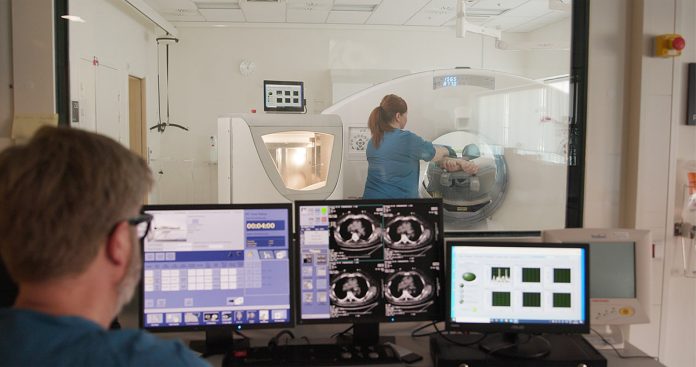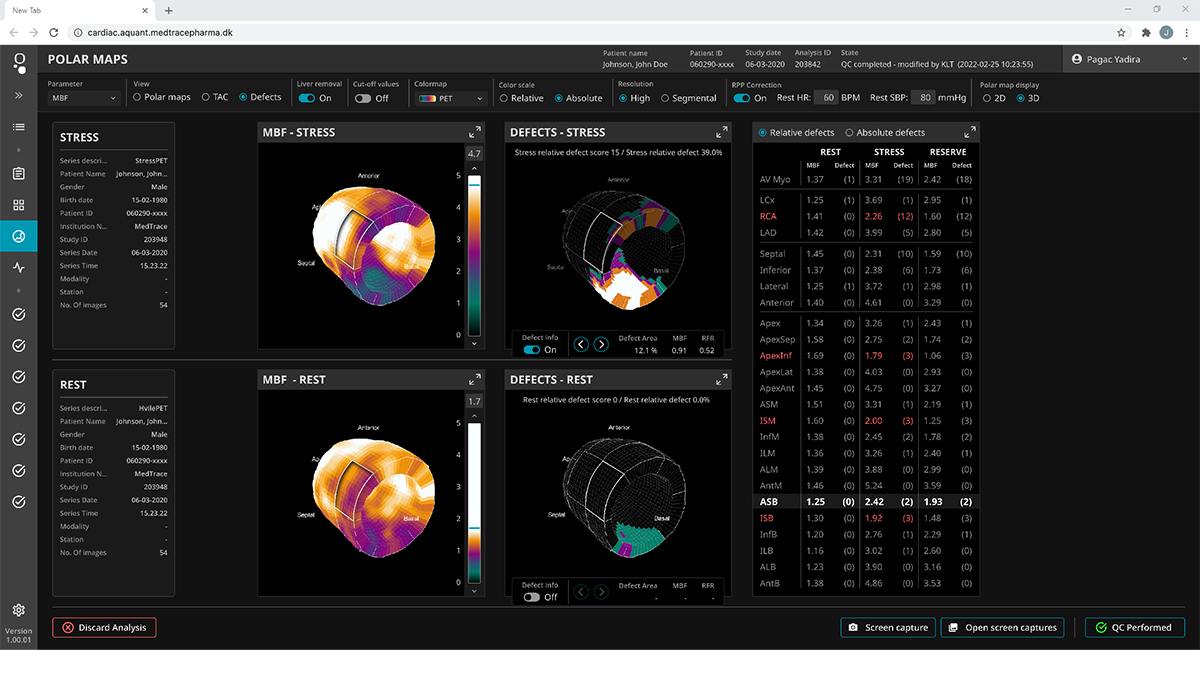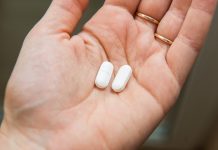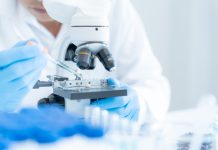
The future of cardiac diagnostic imaging – Danish company MedTrace is leading the way
With populations rising and cardiac healthcare costs skyrocketing all over the world, the Danish company MedTrace may have the navigating tool that both policymakers and healthcare professionals are looking for: a tool that more accurately, quickly and efficiently allow hospitals to pinpoint just the right treatment at just the right time for every single patient. The results: lives saved, and budgets allocated more efficiently. Eight hospitals are already onboard, and the technology is entering into Phase III with the FDA.
Coronary heart disease (CHD) is a worldwide phenomenon and in the USA, it remains the number one cause of death. It is also a costly phenomenon: the United States spends an estimated $228.7 billion annually in direct and indirect costs of heart disease, according to the American Heart Association.
Rightfully, policymakers are constantly looking to solve the puzzle of how to diagnose and treat more patients within the same budget. The answer lies in improving the diagnostic accuracy of the patient pathway. Any diagnostic test applied must be not only specific to the disease but also highly sensitive. Perfusion imaging with radioactive water (15O-water) could be the solution that everyone has been looking for.
Radioactive water produced on the spot
MedTrace has developed a fully automated technology that makes radioactive water practically available to patients in need of diagnostic heart imaging. 15O-water has been the gold standard for measuring heart muscle perfusion since the 1980s. The reason for such high praise is that the main constituent of blood is water and if the water can be made radioactive, it is possible to follow the blood and see where it arrives and where in particular it does not arrive. However, it has not been practically applicable to routine clinical use due to the ultra-short decay time of the tracer (122 seconds). Today, there is a solution for that.
MedTrace’s system automatically produces and administers 15O-water to patients undergoing PET myocardial perfusion imaging (MPI). And it is produced on the spot right next to the patient and the scanner. This approach is revolutionising cardiac imaging standards in terms of diagnostic accuracy and patient throughput.
Eight leading university hospitals in Europe, Japan and the USA are already on board.
“With radioactive water produced at the point of care, perfusion imaging has taken a giant innovation leap forward”, says Rune Wiik Kristensen, COO and co-founder of MedTrace. He goes on explaining:
“We can create the full workup of a patient in less than half an hour with one scan at rest and one scan at stress. The physicians get the complete story of the heart’s blood supply and function within a few minutes after that, and the patient does not have to come in for follow-up scans the day after. It’s fast, safe and the gold standard all wrapped into one.” Rune Wiik Kristensen explains.
“In addition, it’s a very flexible solution, meaning that the hospital produces the radioactivity themselves when they need it. They are not dependent on third party suppliers for radiopharmaceuticals and there is no waste since the water decays very fast into stable nitrogen. The hospitals that we partner with can easily undertake 40 patients (80 scans) per week while only occupying a scanner for half of the week. With conventional methods in nuclear medicine, you would need several scanners and personnel on fulltime to achieve the same.”
A plug-and-play solution
Last year, Aarhus University Hospital (AUH) in Denmark was the first hospital to put MedTrace’s equipment into clinical practice under a magistral exemption and today, the volume of clinical 15O-water scans produced by AUH is unmatched.
“In the past, you literally had to lace up your running shoes and run with the 15O-water in a lead container from the production lab to the patient in the PET scanner to use it before it decayed. This, obviously, is not a solution we can use or ever used in practice,” said Lars Christian Gormsen, MD, chief physician in charge of research, Department of Nuclear Medicine & PET Centre, Aarhus University Hospital.
“This problem has been solved with MedTrace’s equipment and right now there is no one else in the world who is capable of making clinical 15O-water scans at the same volume. Roughly speaking, it is a simple plug-and-play solution that makes it possible to deliver the radioactive tracer easily and safely every 10 minutes. And that is a great relief for the many professional groups involved.”
Cancer diagnostics is next
To date, the company has focused primarily on cardiology but the technology from MedTrace is well on its way to be applied in oncology as well.
MedTrace recently received a $30 million equity investment with Swiss-based Swisscanto Private Equity Invest and Danish institutional investors ATP and BankInvest as the other key investors. The cash is a significant step forward in the company’s plan to start clinical studies in the USA, scale up operations in Europe and mature the technology towards a clinical solution for cancer diagnostics.

Please note: This is a commercial profile
© 2019. This work is licensed under CC-BY-NC-ND.










